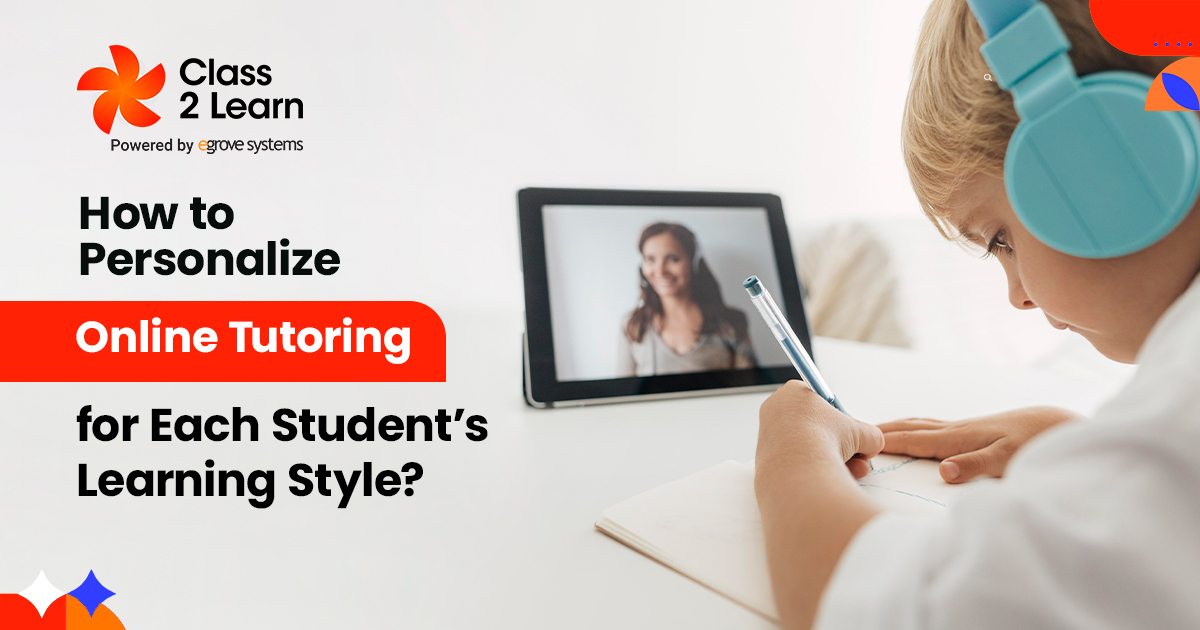As schools rely more on online education systems and distant learning, security and privacy concerns are growing among school districts and parents. Educators and companies involved in education technology are taking remedial measures to address these concerns and ensure the safety and security of children and their personal information. Here is an overview of the major issues related to securing digital education.
Who is responsible for student privacy?
Different groups hold responsibility for maintaining children’s privacy online, complicating the effort to make e-learning secure. A survey from the Center for Democracy and Technology asked parents of students starting distance learning this year how they felt about their children’s privacy during distance learning. An estimated 52% said they think that the parents and school administrators are most responsible for keeping data private, while 27% say teachers are most responsible and 28% put the responsibility on the district level.
Each of these groups is responsible in some way. Only parents have authority over what their children do when they study at home. Teachers must be aware of what information they may request from children and how to avoid requesting too much.
Administrators decide whether applications and internet services can be utilized and must ensure that they are safe and protect student privacy to the greatest extent feasible.
These separate roles can lead to confusion and errors, making digital education harder to keep secure. They may take shortcuts in order to improve accessibility, which can make student data less secure. Schools and their technology vendors are becoming responsible for guarding this data, which is especially important due to containing the personal information of children. Children themselves can be careless about what information they reveal online, whether in a video class or when submitting assignments online.
The Role of Education Companies
Schools are now using learning management systems like Google Classroom or Canvas as well as video conferencing tools like Zoom in order to meet virtually, submit class assignments, and hold class discussions. Students’ personal information goes into the hands of companies, making parents concerned about what this data could be used for. 68% of the parents surveyed said they are worried about unauthorized access to students’ online activities and communications, and 64 percent said that they have qualms about student data privacy.
Google and other companies involved in educational technology have taken the Student Privacy Pledge. The pledge has several provisions that outline how they will protect student data, such as:
- They promise not to collect more data from students than is used for educational purposes or is authorized by parents
- They promise to never sell student data
- They agree not to use student data in advertising or research purposes
- They will ensure that data cannot be accessed without authorization
While some may not trust student information in the hands of third-party companies, the pledge is a step toward guaranteeing that it won’t be used improperly and won’t fall into the wrong hands. Any company that is unable to follow it should not be trusted with personal data from schools.
Video Privacy Issues
Video and audio chats have been one of the most common methods to connect virtually, but they are frequently insecure and aren’t designed for K-12 classes in mind. Implementing them has been difficult: some students are reluctant to appear on video or speak up during virtual class discussions, and insecure video discussions can be ‘crashed’ by unauthorized users. Many schools that initially used Zoom chats were forced to look for platforms better suited to teaching.
The ideal video platform for classes is one that the teacher can control easily. Platforms such as Google Meet and Zoom are meant for meetings where invited users can join freely and equally. Teaching platforms should let the teacher restrict who can join to protect the privacy of students. They need to be able to block and mute other users. If unauthorized users get in, they can view students’ screens, disrupt classes, and trick students into revealing personal information.
In any situation where students are communicating outside of class, there needs to be oversight from school administrators as well as parents to protect their privacy. Schools are transitioning to platforms where they have greater control over what information is transmitted so they can ensure that cybersecurity is not an issue.





Add comment